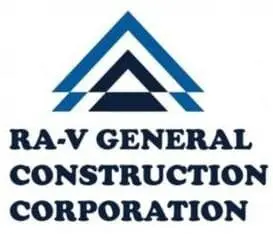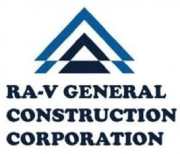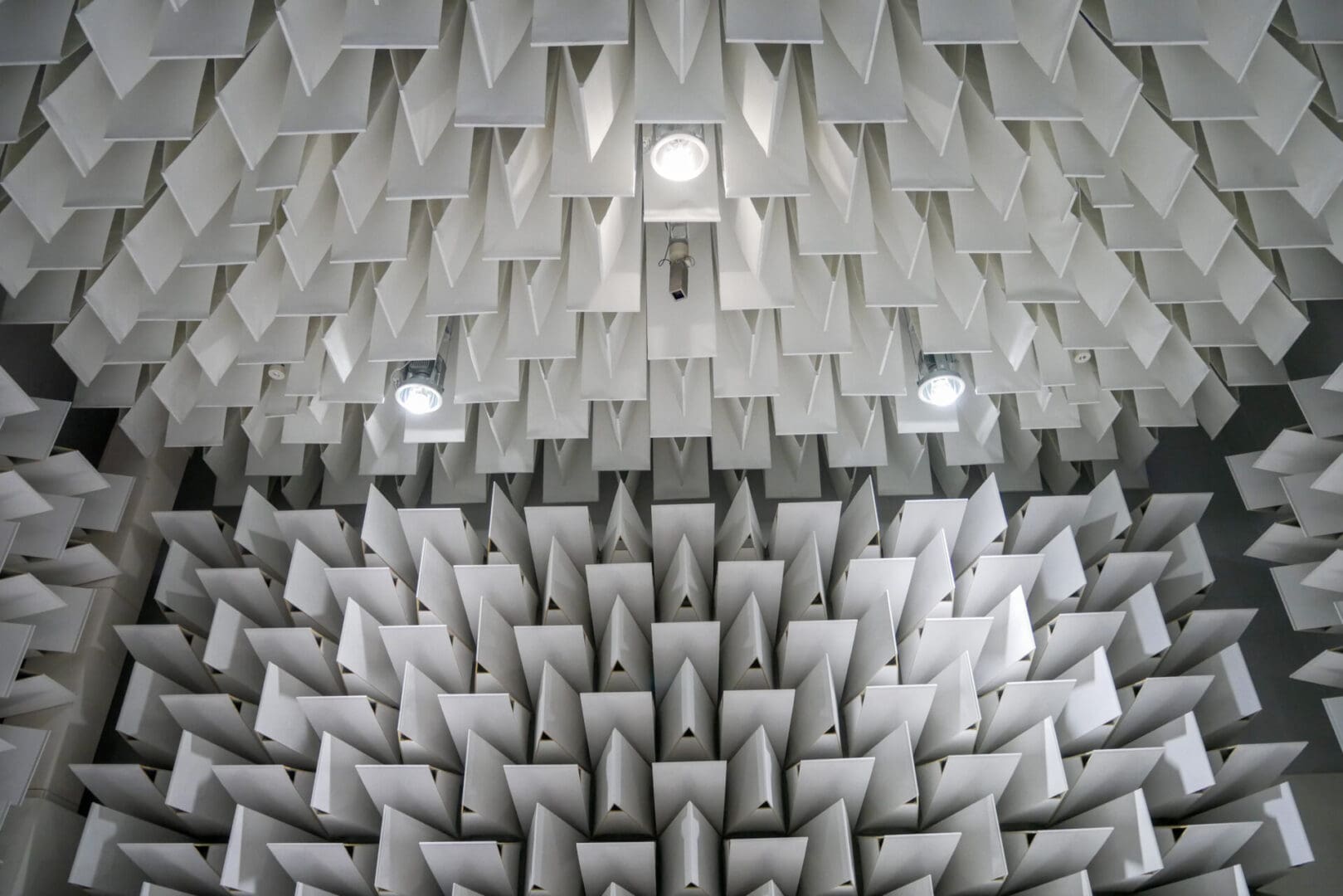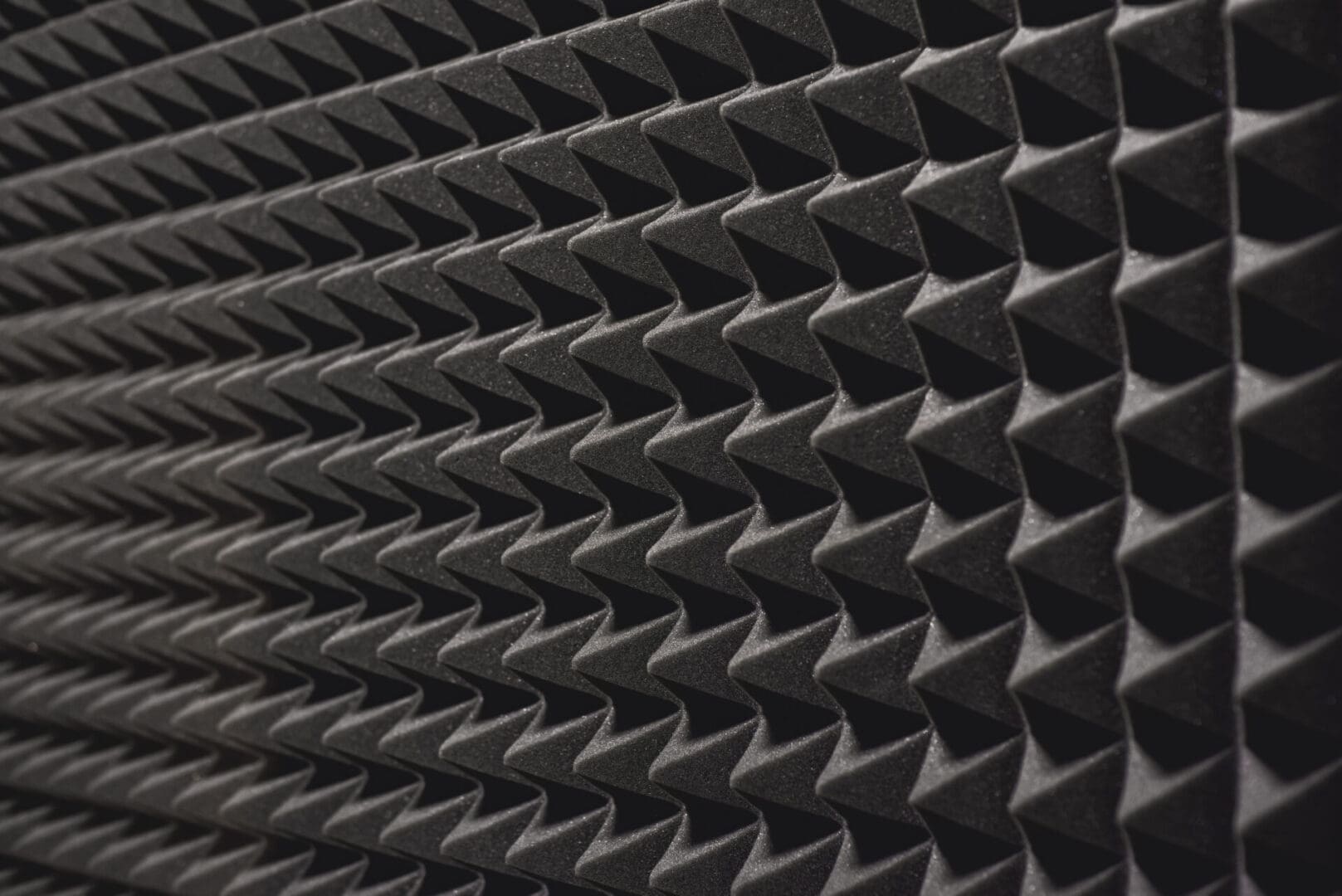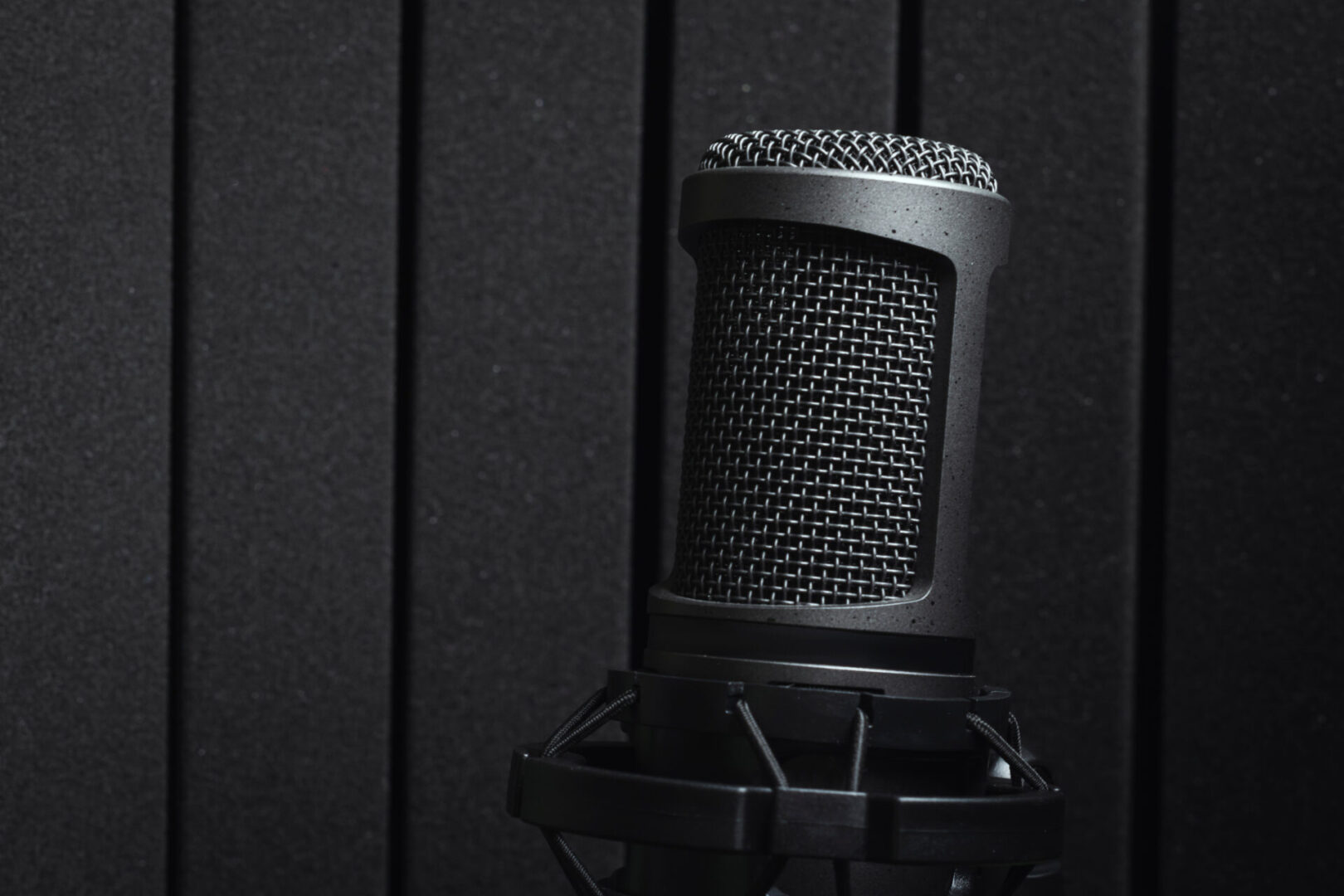SOUND PROOF ROOM
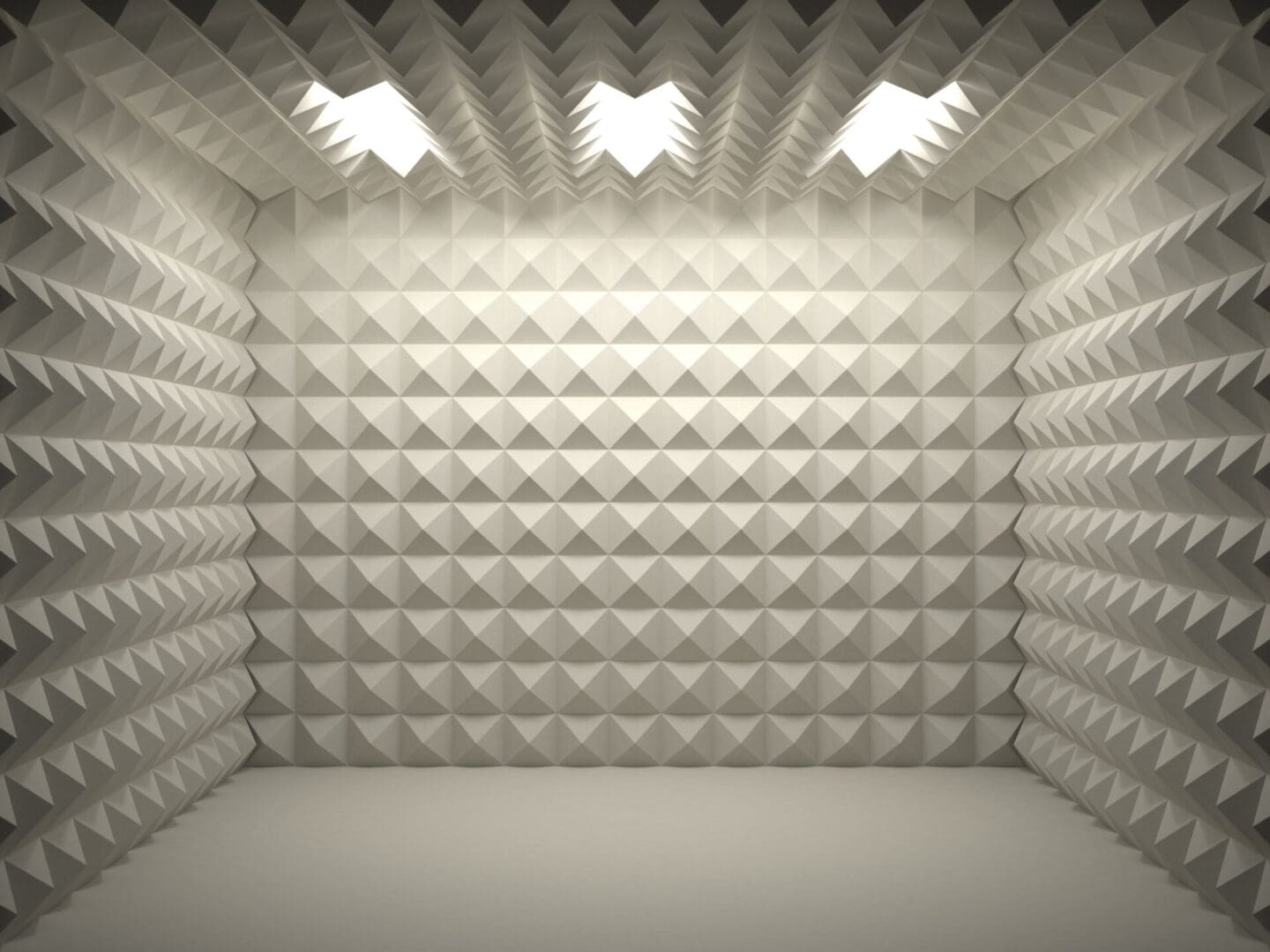
Sound Proof Rooms
Do you have an office job? What is your pet peeve, if you have one? Awkward gatherings you've been asked to attend? Meetings that should have been communicated via email? Is it more than just burnt popcorn that's stinking up the place?
All of these are annoyances, but we believe there is one that is considerably worse, and possibly the worst nuisance in any modern office: poor office acoustics.
'You're just trying to sell us something,' you're presumably thinking. We'll admit that we have to keep the lights on, but we understand how horrible acoustics can be in the workplace, and we sincerely want to assist you in finding a cost-effective soundproofing solution. You should give us a chance to speak.
Few things are more aggravating at work than not being able to work uninterruptedly. According to studies, noise is the most common complaint among modern office workers, particularly those who work in open-plan workplaces. Long periods of distracting noise have been shown to reduce productivity and may have long-term consequences for workers' health and well-being. It's simply plain frustrating at the end of the day.
It boils down to two major grievances (which we can address - sorry, we can't fire your obnoxious employees). Office-to-office noise transfer and "echo" are two of the most common concerns. We'll go through both of these office noise problems, how they affect job performance and the questions you should ask yourself when determining which soundproofing equipment or interior acoustic solution is best for you. Some acoustics fundamentals are included, so if you choose one of our trusted soundproofing solutions, you'll be able to hear it working and understand why.
So, what's the main source of office noise for you? We can design specialised multi-faceted solutions for offices that have many difficulties.
1.) Office-to-office noise transfer - in an office, sound can travel from room to room or even floor to floor. While you're eating lunch down the hall, you can hear the boss's booming voice holding a conference in the adjacent boardroom, or the sweet-but-SO-LOUD nurse discussing someone's offputting medical symptoms. The condition is exacerbated by both airborne and vibrational sounds. Sound travels in the route of least resistance, therefore it could be coming from air ducts, electrical plugs, or under doorways, in addition to the poor construction common in new structures. Vibrational sound is often the worst offender, transmitting and intensifying noise through a building's structure via flanking routes (read more here).
What exactly is the problem? Office-to-office noise transfer is not only annoying and distracting, but it may also be confusing and lengthen meetings. This is especially true in medical and legal offices.
We're preoccupied with cyber security as a society (with good reason). We're hyper-vigilant about what information we post on the internet, with social media behemoths like Facebook even facing US Congressional hearings over privacy issues.
But what about the security of data that is shared in real life? Confidential information can be divulged just as easily in a public setting, such as a medical or legal office, as it can in a private or business setting. Sound leakage through air ducts or paper-thin walls without soundproofing can cause major difficulties (and perhaps litigation) for businesses of all sizes. Consider discussing medical information, a criminal record, or a breach of a Non-Disclosure Agreement because of bad office acoustics, and you'll see why office soundproofing is both a privacy concern and a sound business investment.
So, what are our options for dealing with office noise? Consider the following soundproofing questions: what is the building's current stage of construction, what amount of noise reduction is intended or required, and what is the budget?
-Building State of Construction: What is the building's current state of construction? It's best to start soundproofing the structure before construction (or during a renovation) to achieve maximum office noise reduction, but that's not always the case. Office noise is frequently disregarded, and it is only when it becomes uncomfortable and unusable that it is addressed. There are, however, post-construction soundproofing alternatives that will provide some comfort to angry employees (Phew!) This brings us to...
-Desired Soundproofing Level: What is the required level of noise reduction? Is there a marching band practising upstairs, or are there just a few heavy-footed office workers making their way from meeting to meeting? This will aid in determining the amount of soundproofing required.
-Show Me The Money: How much money do you have? Cash is king, and it will dictate which therapies should be chosen in order to keep under budget. There are a variety of soundproofing options for office noise, ranging from post-construction DIY for minimal noise reduction to custom soundproofing systems that include insulating walls, ceilings, and floors. Please contact us at ravi@ravgc.com if you have any questions about the cost of soundproofing solutions.
Low-Cost, High-Efficiency: When it comes to soundproofing walls, the bare minimum acoustic treatment you should use is two layers of drywall (ideally high mass - type X - 5/8") and Green Glue Noiseproofing Damping Compound, but this will increase the cost. Green Glue is a water-based viscoelastic damping material that outperforms any other soundproofing solution on the market. It can be used in nearly any drywall wall or ceiling assembly to suppress airborne and structure-borne disturbances. Green Glue is an effective soundproofing solution when put between two layers of drywall.
This should provide some relief if your noisy office neighbours aren't herding stray cats. Noise-cancelling carpeting and noise-cancelling drapes should assist. Don't forget to lagging lag pipes and ducts and close electrical boxes.
More Effective: In addition to what's discussed above, consider using Resilmount Sound Isolation Clips if your coworkers are a little louder. The Resilient is a vibration-absorbing and sound-isolating clip that is both cost-effective and dependable. It operates by separating the wall or ceiling from the structure of the building. It works on both wood and steel wall studs, as well as ceiling joists. When using Resilmounts, keep in mind that you'll have to remove everything down to the studs and joists. The improved STC rating and the sound reduction will make it worthwhile. Other products in the series include Resilmount Ideal Angle Brackets and Resilmount Resilient Isolation Hangers, which may be the right soundproofing solution for your office noise problem; for more information, email ravi@ravgc.com
Perhaps your main concern is vibrational sound through office floors; we have a variety of soundproofing floor solutions that will assist soundproof your office in general. They are effective at reducing vibrational noise transfer from impact grids.
If air ducts are your main source of workplace noise, our Privacy Board and Return-Air Silencer system is a cost-effective way to prevent airborne noise transfer across the shared air plenum without interfering with or harming them. When speech is transported from one office to another, these products can assist you to avoid costly legal complications.
The next stage is to move on to interior office acoustics now that you know more about how to stop office-to-office noise transfer or "how to soundproof a space."
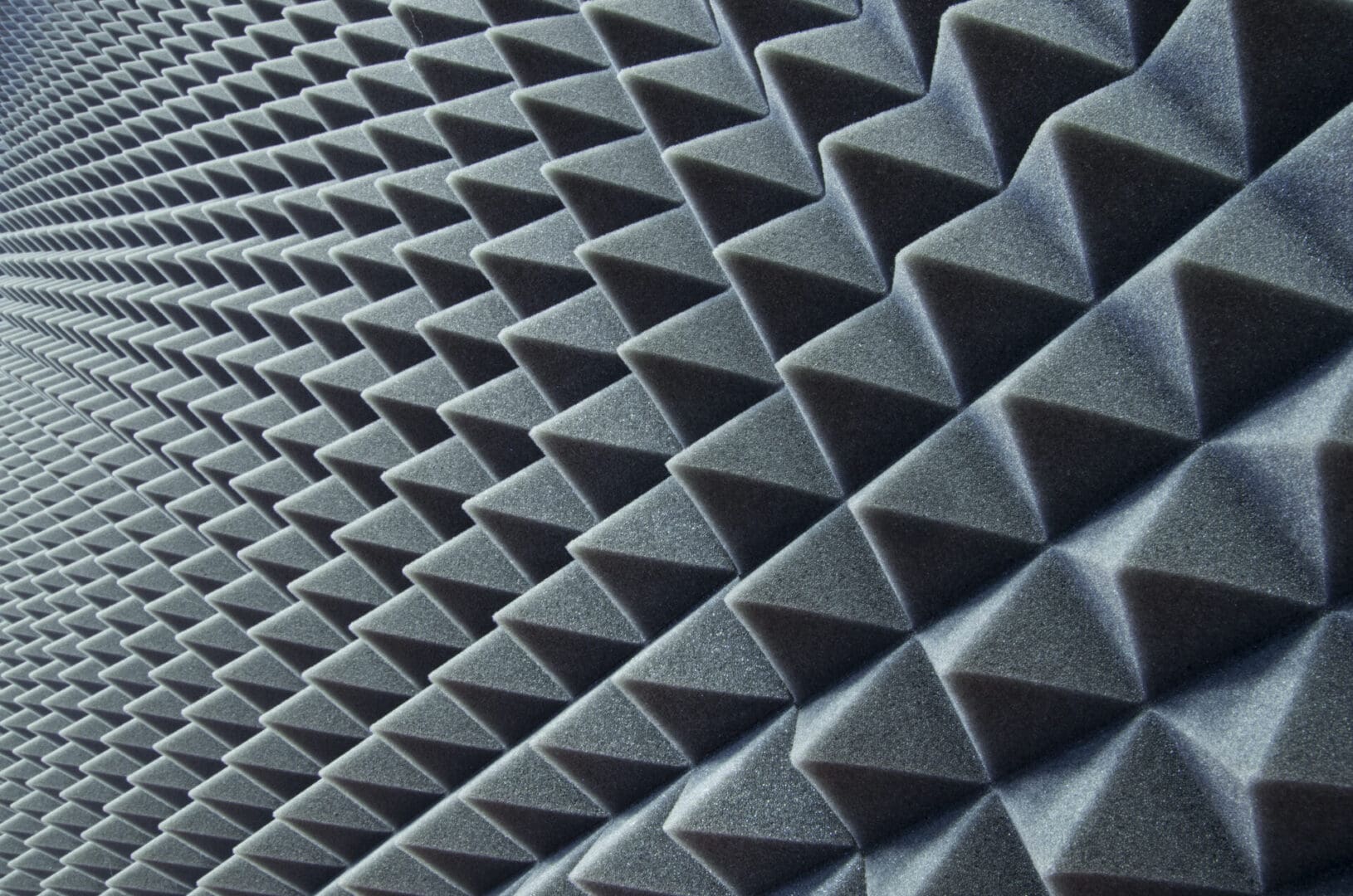
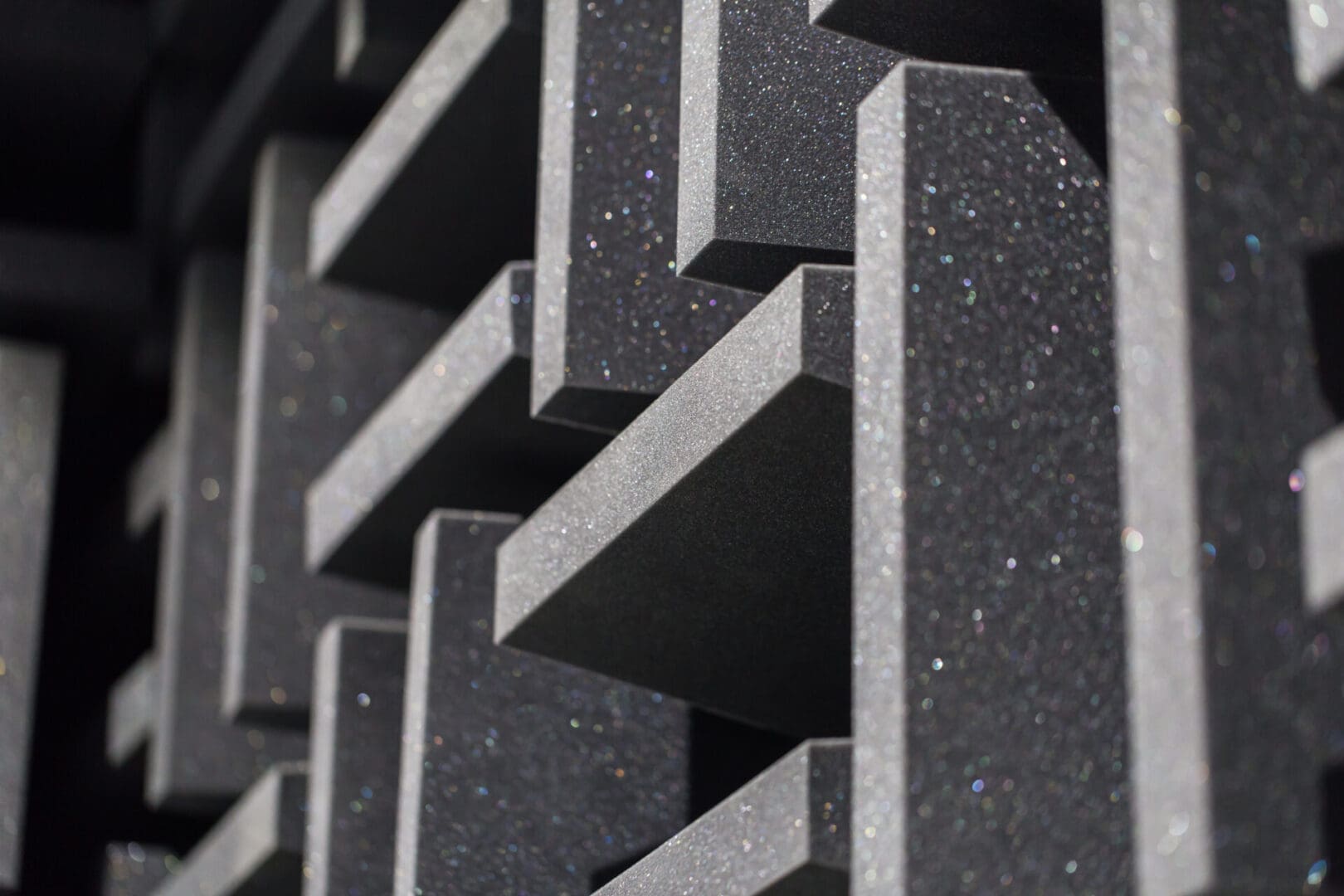
2.) Office Echo - no one can hear the garbled speech from a boardroom conference call speaker; conversations and sounds within an office, such as loud printers and ringing phones, reverberate off walls, ceilings, and glass surfaces, making it difficult to understand anything, let alone concentrate on work. The underlying issue here is reverberation, which is commonly referred to as "office echo." So, what's the difference between the two? In a nutshell, echo happens when sound waves travel long distances and bounce back, i.e. when sound waves bounce back more than 17 metres from the source. What happens is reverberation, but that's pretty much all you need to know - you'll hear someone say 'echo' in any typical conversation on the subject.
What is the problem? This is the kind of thing that can be quite irritating and distracting. It has the potential to make speech incomprehensible, induce mental strain, and reduce productivity.
Low-Cost, High-Efficiency: Simply said, a barrier prevents noise from travelling from room to room, whereas an absorber regulates the acoustics within a specific space. As a result, Decorative Absorption Panels (DAPs) do not prevent sound from travelling from Room A to Room B; rather, they improve the sound quality within Room A. They're excellent for rooms where reflecting sound is interfering with normal use and enjoyment, such as a noisy boardroom with a super-loud conference call phone.
DAPs are fabric-wrapped fibreglass panels that are available in a wide range of colours. They can also have a photo printed on them. They come in one and two-inch thicknesses and are simple to install using specially designed angled impaling clips that we include with the panels. A performance chart for 1- and 2-inch thick panels may be found below. Download our technical brochure for more information.
More Effective: Modern on-trend interiors with high amounts of glass, drywall, or other hard-surface components are aesthetically pleasing... but acoustically disastrous. DeAmp Panels preserve the interior decor of these areas while decreasing material reverberation. When positioned immediately in front of windows and most other surfaces, the panels almost disappear. In the field of architectural acoustics, this is the gold standard.
